‘Seeing all these pictures at the same time is a rare privilege’: ‘Goya to Impressionism’ opens at The Courtauld
The Courtauld’s new exhibition marks the first time that a significant portion of one of Switzerland’s most important art collections has been shown in one go, outside of the country.

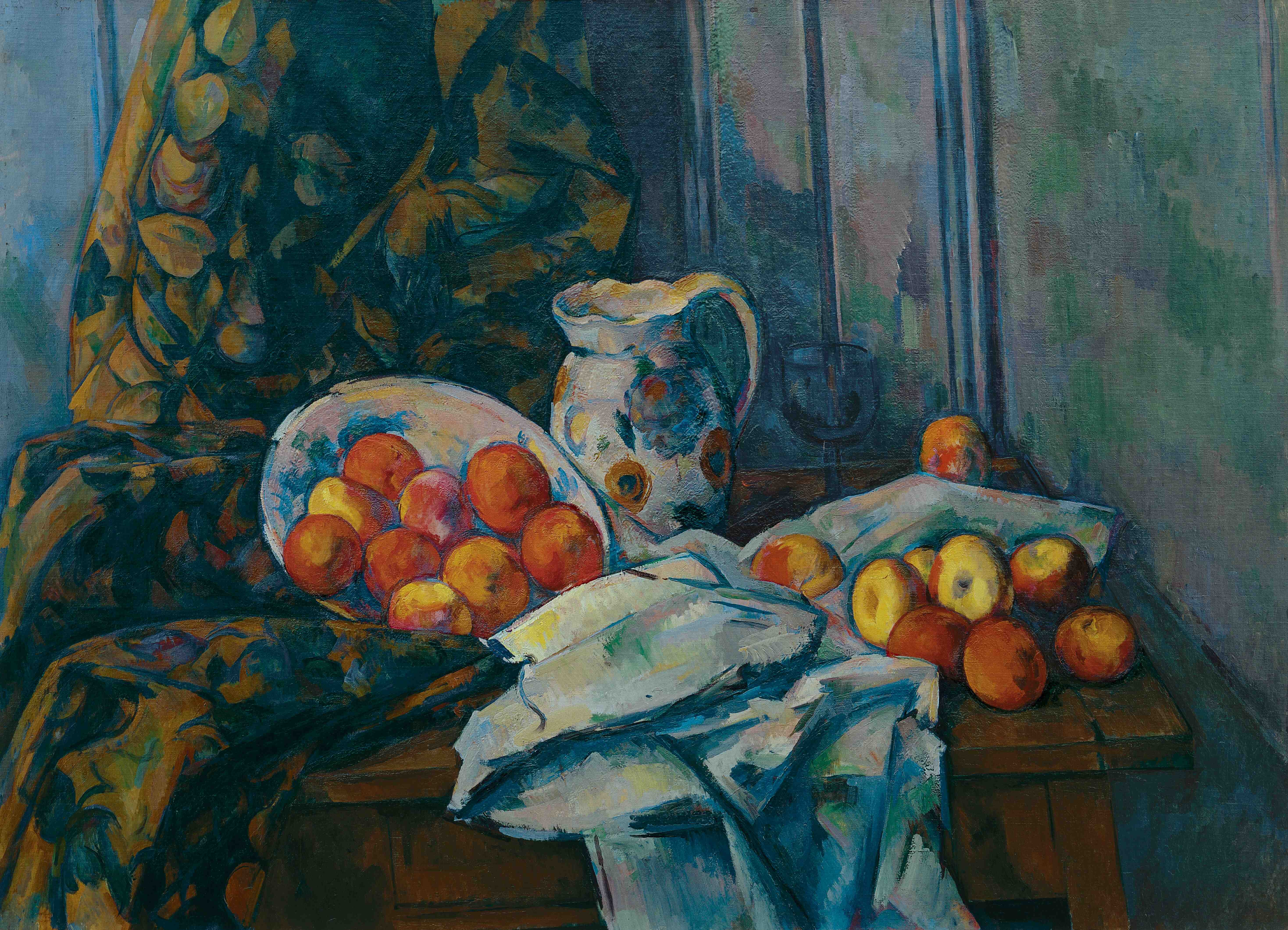
A woman looks out of the canvas, her eyes a little unfocused, her mouth upturned, but not quite smiling. Perhaps she is distracted, or maybe bored, as an impressively mustachioed man seems to drone on next to her and a third figure gazes straight ahead, almost intent on ignoring the conversation.
It’s a fleeting moment frozen in time, a glimpse of life unfolding, in which the relationship among the people in the picture — and indeed the gender of one of them — is unclear.
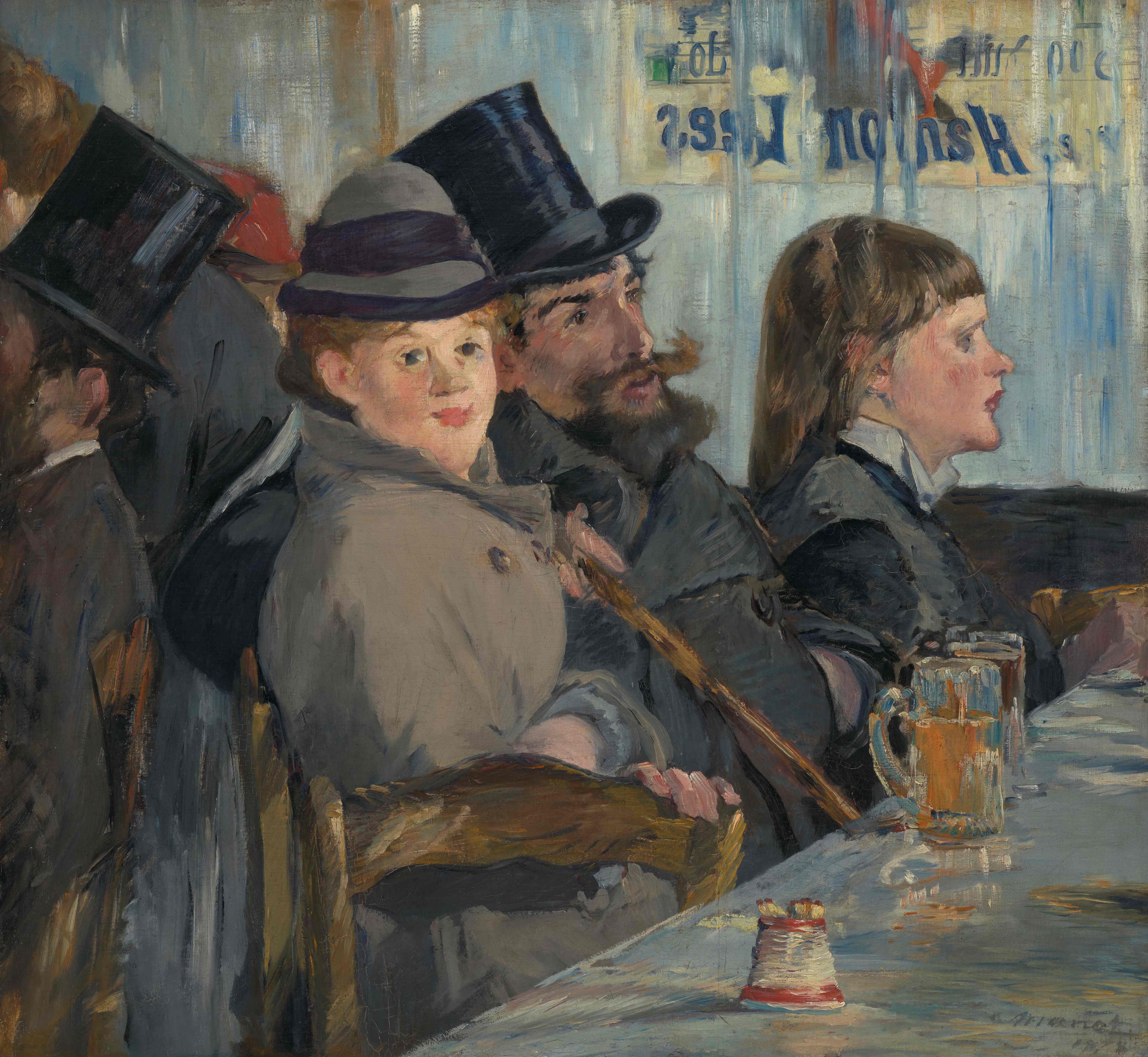
Edouard Manet's 'Au café' which he painted in 1878
Au Café troubled its painter, Éduard Manet, who reworked it extensively and even split in two the canvas (the third figure was moved from one half of the composition to the other and back again and had its hair lengthened in the process). One portion of the original picture, today called Corner of a Café-Concert, is at the National Gallery. The other, Au Café, entered in 1953 the collection of Swiss man Oskar Reinhart, where it has remained ever since — but now catches the eye from one of the exhibition rooms at the Courtauld, where it is on loan, as part of Goya to Impressionism: Masterpieces from the Oskar Reinhart Collection.
Reinhart, the scion of a Swiss trading family, had pursued Au Café for 30 years, having first seen it in 1923. He devoted his life to collecting, keeping a list of the works that struck his fancy — whether those of German, Swiss and Austrian painters, which he then donated to what is now the Kunst Museum in his native Winthertur, or those of 19th and 20th century painters (primarily, but not only, Impressionists and post-Impressionists) which formed his private collection at his villa overlooking the town, Am Römerholz.
‘Reinhart was, with all his knowledge, all his energy, committed to art, to collecting,’ says Kerstin Richter, director of the Oskar Reinhart Collection ‘Am Römerholz’.
When he died in 1965, he bequeathed both his villa and his paintings to the Swiss Confederation to make it into a museum. It is now closed for renovation and a selection of the works has been loaned to The Courtauld — fittingly, because Samuel Courtauld collected many of the same artists (albeit with a narrower focus on Impressionism and post-Impressionism) at the same time as Reinhart and with the same intention of making the pictures ultimately available to the public.
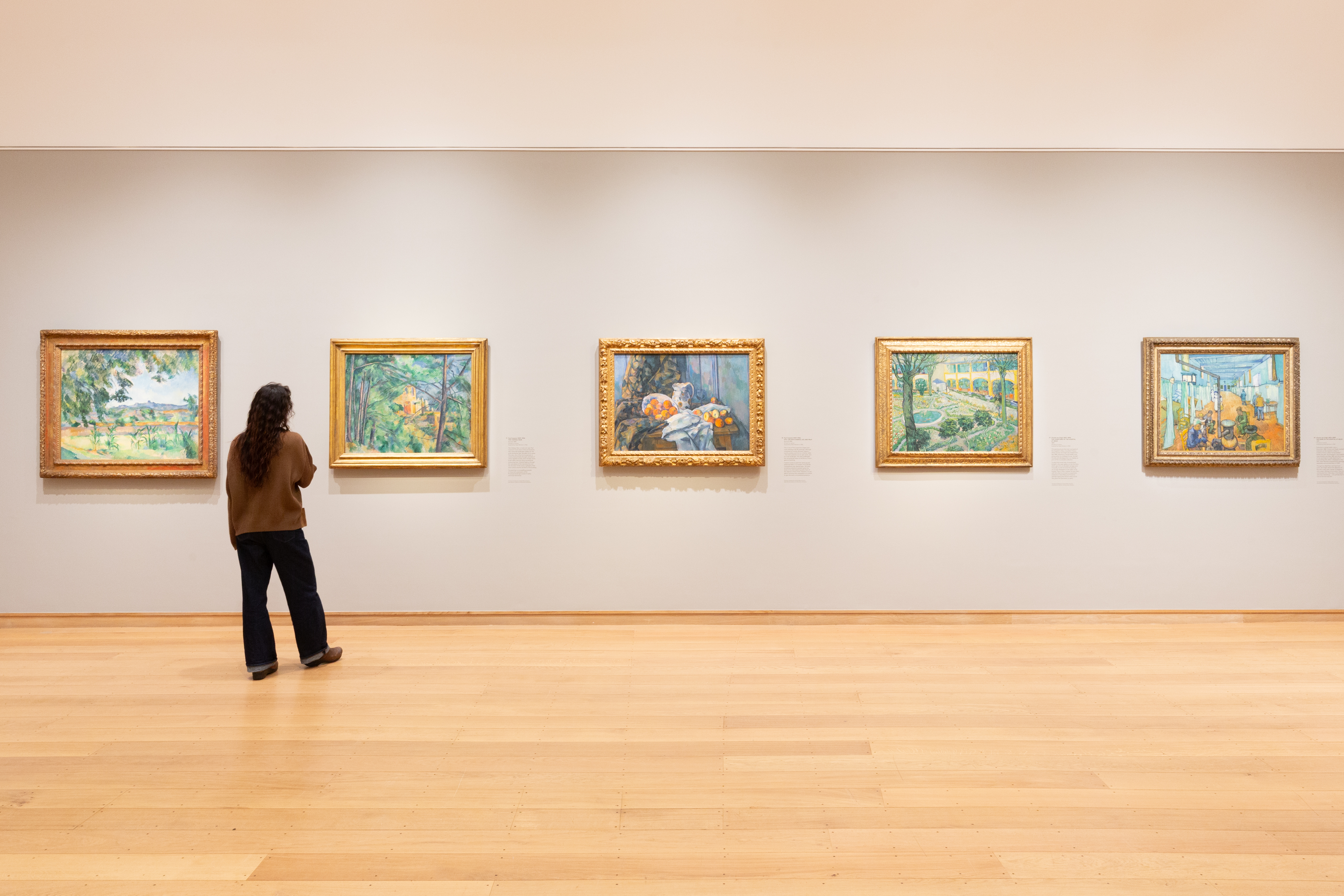
‘It is the first time a group of highlights from this extraordinary collection leaves Switzerland, so that is a major event, really something to celebrate,’ says Ernst Vegelin Van Claerbergen, head of the Courtauld Gallery.
Exquisite houses, the beauty of Nature, and how to get the most from your life, straight to your inbox.
The Swiss collector’s first acquisition was a small picture by Renoir, which he bought in 1912. Many more followed — it is the single most represented painter in Reinhart’s collection — and there are four on display at The Courtauld, including Confidences, which makes you feel like an intruder in the private conversation between two girls, and The Milliner, which captures a woman, probably model Nini Lopez, fully engrossed in her sewing.
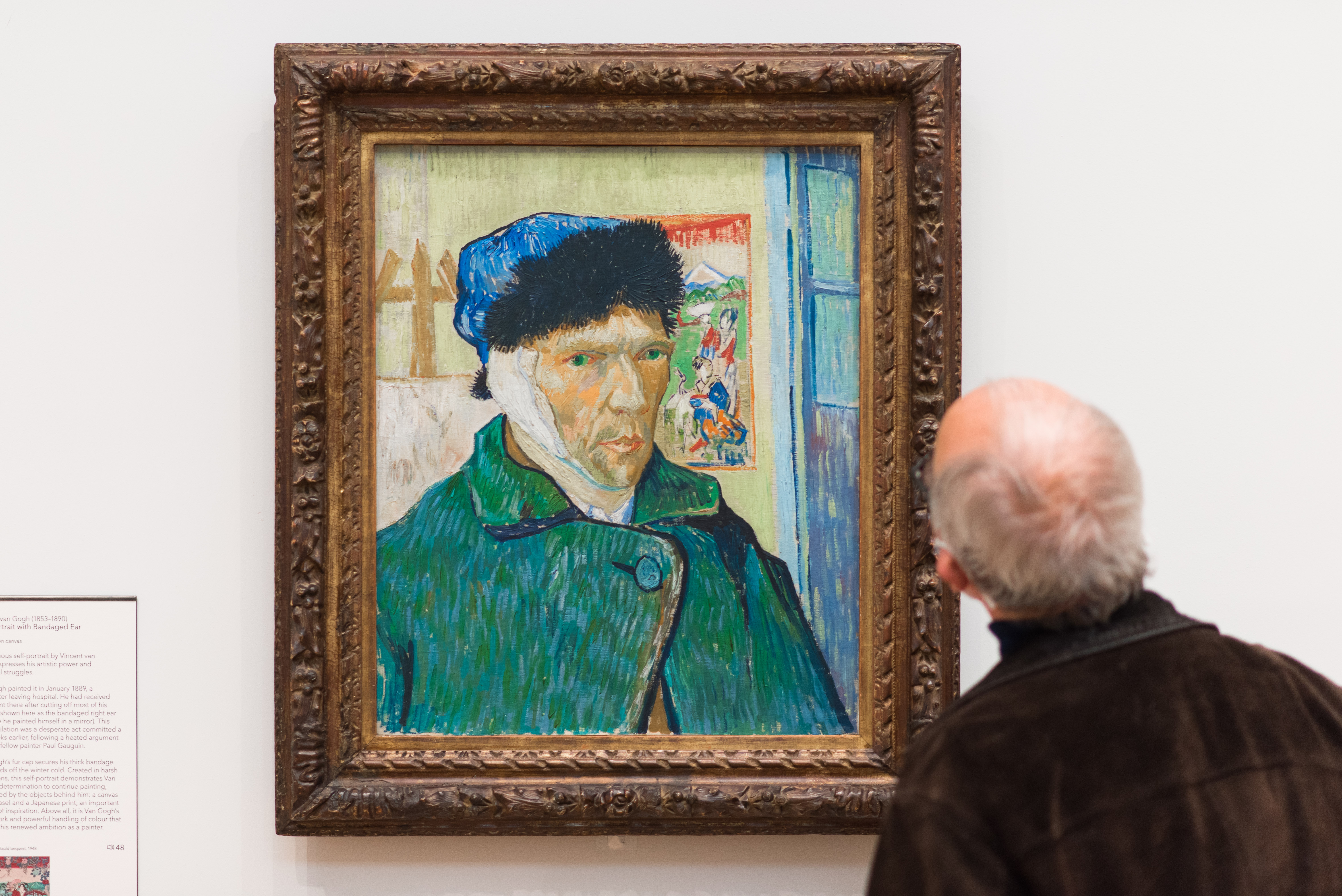
Yet perhaps most striking are Cézanne’s Still life with Faience Jug and Fruit, a glorious burst of oranges and yellows against draping folds of fabric and the wavy mouth of the jug; and two works by Van Gogh (above), both painted while he was at the hospital in Arles, where he was being treated after mutilating his ear, and both infused with quiet desperation.
It’s the first time they are shown together in the UK, although one, The Courtyard of the Hospital at Arles, is fresh from the Van Gogh exhibition at the National Gallery. ‘Reinhart was always in search of the single work that was really the essence of a painter,’ says Richter. Yet there is definitely a dialogue, a conversation happening among the works on display: ‘This was also his intention, not to have only isolated masterpieces — they should somehow react to one another.’
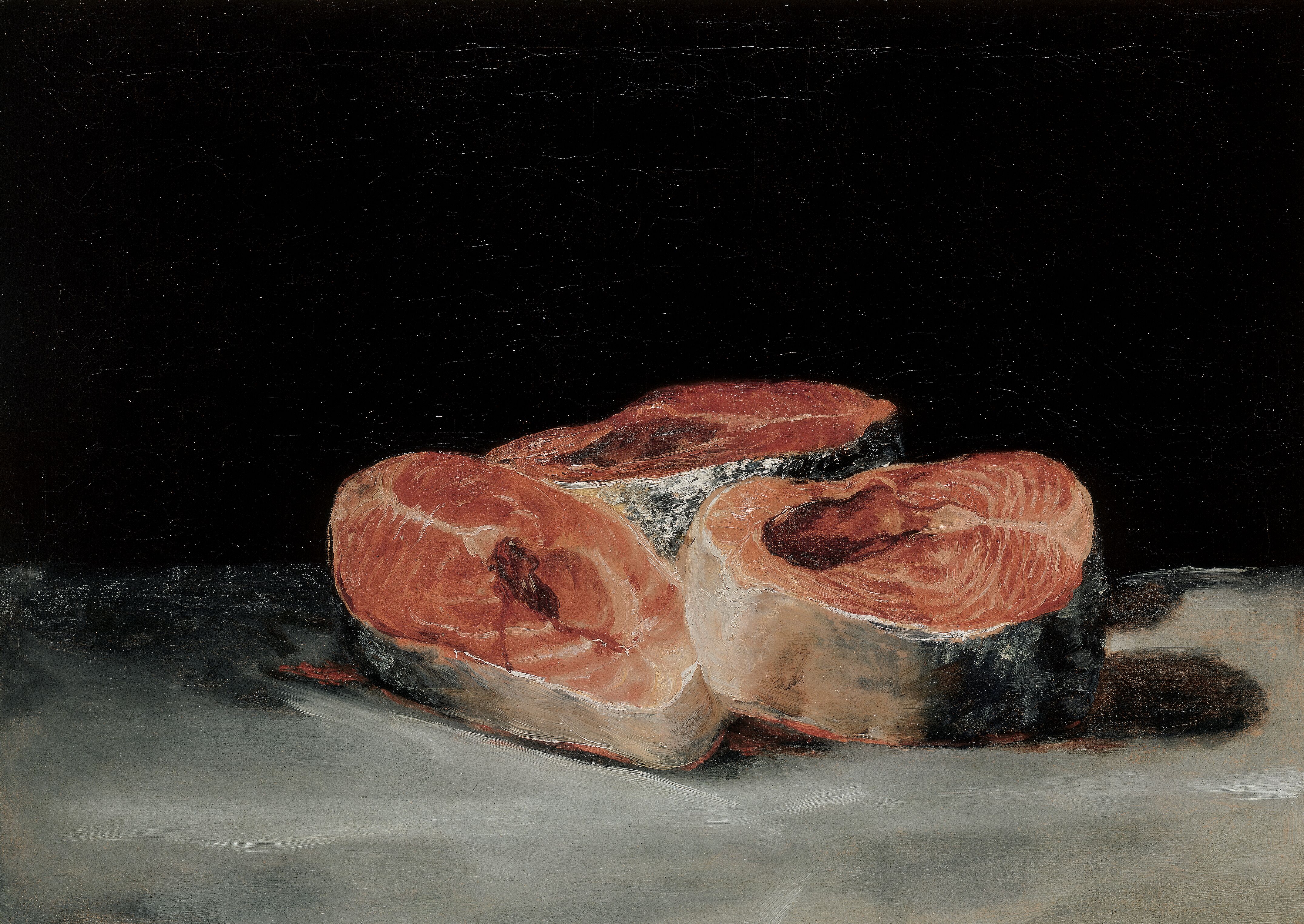
The exhibition is bookended by two Spanish artists: Goya at the beginning, with a dark still life centred on three thick, disquieting salmon steaks — painted during the Peninsular War, a safe subject for the artist, yet one that suggested spilled blood — and Picasso at the end. This early example of the artist’s Blue Period is a portrait of a man, sculptor Mateu Fernández de Soto, but an investigation by the Courtauld has discovered underneath it the image of a woman. Picasso, who notoriously reused his canvases, painted over her as he developed his new style.
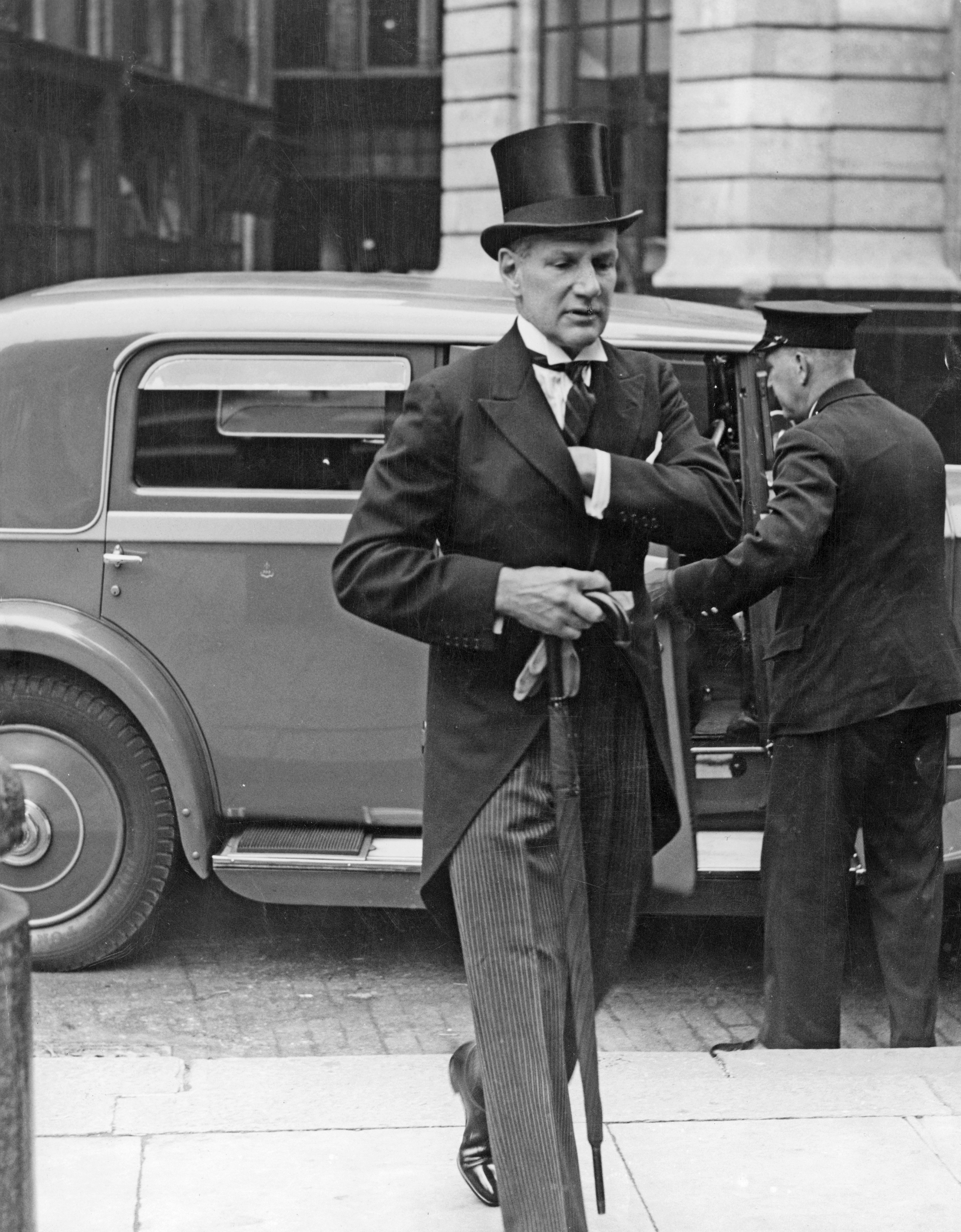
Samuel Courtauld photographed in London in 1930
It’s not the only discovery this exhibition has brought about: another tidbit, unearthed in the Reinhart archives by the curator of the Oscar Reinhart Collection, was that the two great collectors of early 20th-century Europe had met once in their lifetime.
Courtauld invited Reinhart for lunch in 1932, when the Swiss collector was visiting London. The very best paintings from Courtauld’s collection were at the Royal Academy at the time; nonetheless, Reinhart was beguiled by Man with Pipe, calling it ‘one of the most beautiful Cézanne I have ever seen’. You pass him — not it — on the way to the exhibition, together with Courtauld’s other prized possessions, not least Manet’s other celebrated bar scene, A Bar at the Folies-Bergère, Renoir’s La Loge, picturing the same model that appears in The Milliner, and Van Gogh’s Self-Portrait with a Bandaged Ear, the reason he ended up at the hospital in Arles.
Seeing all these pictures — the fruits of both collectors’ passions — at the same time and under the same roof is a rare privilege.
‘Goya to Impressionism: Masterpieces from the Oskar Reinhart Collection’ is at The Courtauld until May 26.
Carla must be the only Italian that finds the English weather more congenial than her native country’s sunshine. An antique herself, she became Country Life’s Arts & Antiques editor in 2023 having previously covered, as a freelance journalist, heritage, conservation, history and property stories, for which she won a couple of awards. Her musical taste has never evolved past Puccini and she spends most of her time immersed in any century before the 20th.
